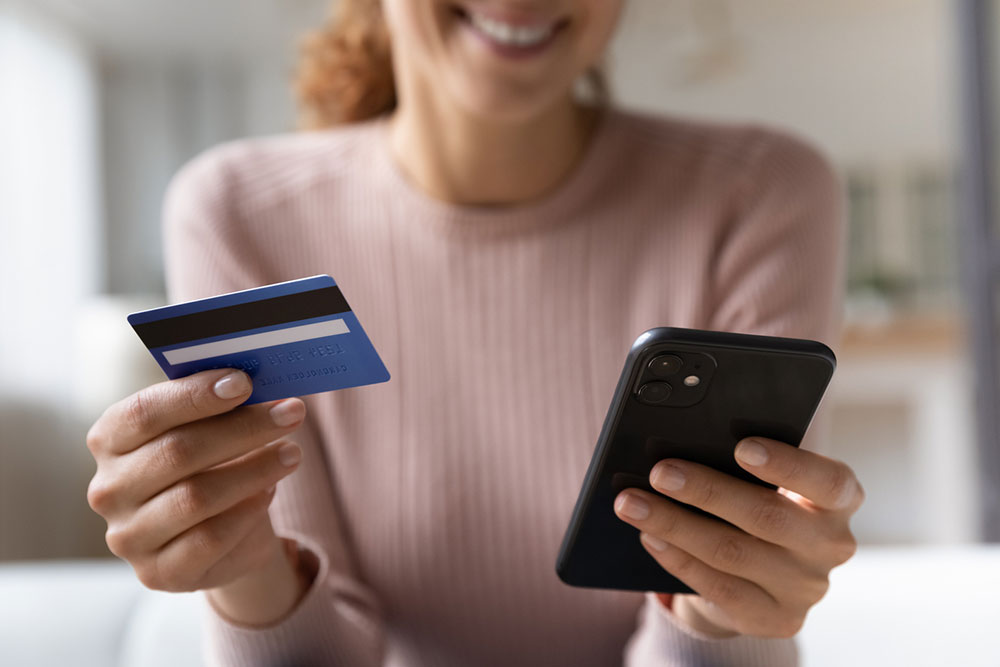3 common banking scams and how to avoid them

According to data by the Federal Trade Commission, banking scams have increased by 70% between 2020 and 2021. Although bank security and technology have been rapidly evolving to keep accounts safe, this unprecedented rise in crimes is a matter of concern. Staying aware of some frequently reported frauds can help one steer clear of them and keep their money safe. Here are three of the most common banking scams and how to avoid them.
Phishing scams
Unfortunately, with the boom in online banking, there has also been a rise in online phishing scams. Here, the scammer sends a message or an email that looks like it is from the bank. These messages ask for immediate action and dangle the threat of account closure. They may also include a link to a website designed to look like the bank’s official website, but it is actually a front for gaining access to one’s account information. With access to this information, scammers and fraudsters can withdraw funds from any account.
To avoid these scams, individuals must exercise extreme caution when opening messages received from unknown sources. If in doubt, double-check with the bank before clicking on any links.
Automatic debit scams
When scammers gain access to one’s banking information (including the account and routing number), they can set up routine, automatic payments to themselves in the same way that payments for subscription services are debited. This could lead to big losses. Keep accounts safe by declining to share or confirm the account information or routing numbers with unknown people.
Fake contest or job scams
Scammers have devised crafty ways to lure people into sharing their personal information. One way to do so is by contacting random people and telling them they have won a lucrative or desirable prize but have to pay for shipping and processing to receive the gift. Some scammers may also offer a job in exchange for money or a gift card. Do not entertain such calls. If it sounds too good to be true, it probably is!
In addition to the above steps, everyone must enable two-factor authentication and use strong passwords for all their accounts. Use updated software, avoid using public wi-fi, and be skeptical of unsolicited calls, emails, or messages.
















